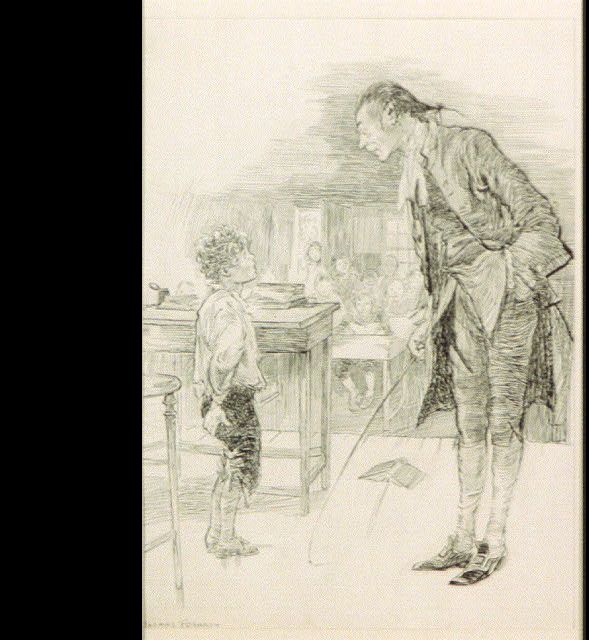GEOG/HST 170 Historical Geography
University of Vermont — May, 2022
Dr. Meghan Cope (mcope@uvm.edu)
Student Researchers: Cameron Provorny, Rhone Allison, Emmy Sobelman, Zach Motovidlak, Jane Krohn

Our site intends to show how an ideal child was molded by fears formed by their parents and their settings from 1880 to 1950. Fears implanted by media, peers, parents, and science created “ideal” American citizens ready to uphold norms of gender, class, race, and location at the time, as shown in the StoryMap. These fears and children’s reactions to them were affected by the rural-urban dichotomy, race, class, and their family structure. While some fears remained consistent, children’s expressions of them have varied as the literature review should show. Additionally, some fears were persistent (e.g. violence) while some were specific to their time, often directed by psychological trends as the timeline shows. Children’s fears can then show trends during a certain time or place, highlighting social contexts like parental prejudice in the child saving movement, economic contexts revealing a childhood sense of burdening unemployed parents, and political contexts demonstrating children’s reactions to war. These economic and political contexts will be connected to the maps in our data page. Overall, we hope to demonstrate childhood fears and their intersections with the Progressive-era “child saving” movement.